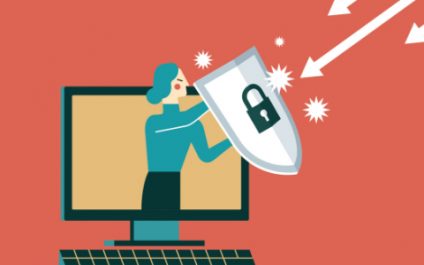Remote work setups are here to stay, and with them comes the pressing concern of cybersecurity. As companies increasingly embrace distributed workforces, protecting sensitive data and systems has never been more crucial. This blog will guide you on how to proactively manage the security risks that come with remote work. Create clear remote work policies […]
Best practices for remote work security
Easy home workouts for remote workers

When people are working from home, they tend to be less active. Sitting all day with little to no movement can lead to a sedentary lifestyle, which can increase your risk of chronic diseases like hypertension and diabetes. This article will show you how to stay fit while working from home. Squats Squats strengthen the […]
Working remotely? Follow these cybersecurity tips

Working from home is becoming an increasingly popular option for employees around the world. While this flexible work arrangement can be a great perk for employees, it also comes with its own set of security risks. Follow these cybersecurity tips so you can protect yourself, your personal information, and your company’s data while telecommuting. Patch […]
Preparing your Office suite for changes brought by COVID-19
The COVID-19 pandemic has forced businesses to be creative with collaboration and productivity — and made work from home (WFH) setups through Microsoft applications more prominent. Just make sure your data is safe in your employees’ hands by following these tips. Before the pandemic broke out, companies across the United States had already been on […]
How working from home is becoming the new norm
For many businesses, remote working seemed impossible for a multitude of operational and financial reasons. But with the COVID-19 pandemic relentlessly plaguing the world, working from home has become the new standard. How will this change the corporate setup? Enforced flexibility A pandemic is one of the most socially, economically, and politically disruptive events that […]
5 Easy workout moves when working remotely
As the number of COVID-19 cases continues to spike, several countries around the world have issued lockdowns and stay-at-home orders. While some businesses remain operational through remote work arrangements, others are forced to shut down, leaving many people without access to their gyms and workout studios. To help you stay fit during this time, here […]
Stay connected and productive with VoIP during the COVID-19 pandemic
If there’s one thing we have learned from the COVID-19 pandemic, it’s that communication is key during a crisis or emergency. Poor communication can lead to misinformation, which can cause undue panic. Voice over Internet Protocol (VoIP) telephony offers organizations in all sectors with the perfect solution to keep their workforces, clients, and partners in […]
Stay productive despite COVID-19 with Microsoft Teams
More and more people are forced to work from home to avoid the COVID-19 pandemic. But Microsoft Teams is rising to meet the needs of affected companies. This powerful tool recently underwent several changes to make it easier for its users to effectively collaborate and communicate with each other. What is Microsoft Teams? Microsoft Teams […]
7 Tips to prevent hermit habits when working at home
Working remotely comes with many benefits, such as saving you time and money on commuting, dealing less with office politics, having less stress at home, and reducing your risk of getting infected with the coronavirus. However, if you get too settled, you might experience what’s called hermit habit. Hermit habit is a term used to […]
Working from home tips to boost productivity
Working from home may sound like a faraway dream, but with the inception of the Internet, it has become a reality. Today, more and more organizations are allowing their staff to work remotely instead of coming into the office every day. The results have been positive – employers notice an increase in productivity, work quality, […]

